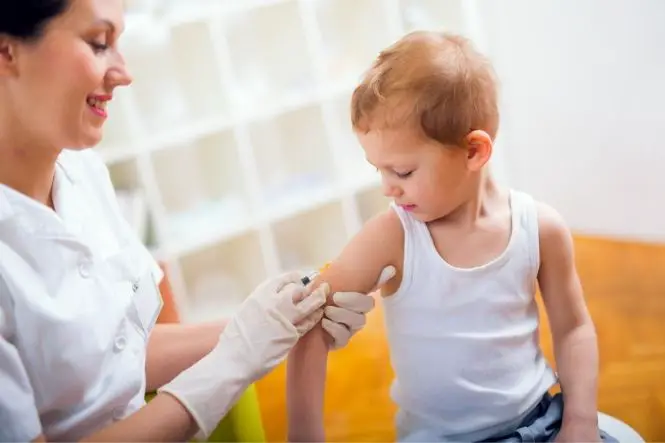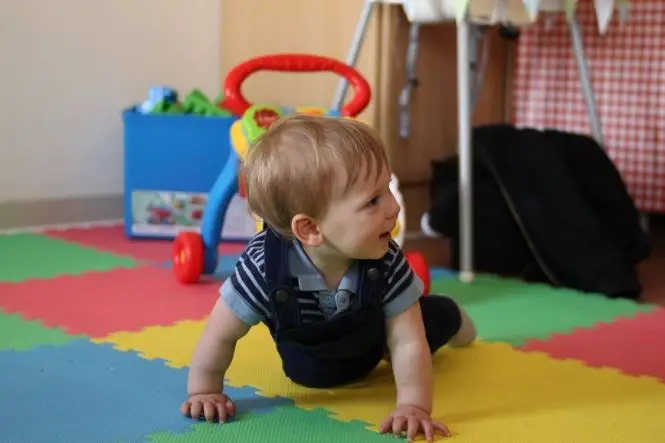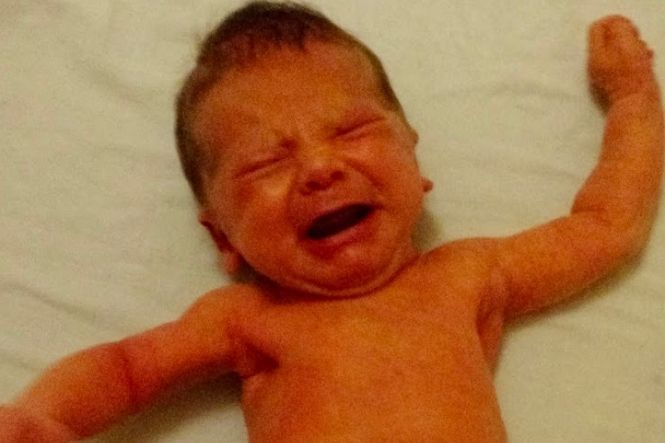Keeping your children safe can seem like an overwhelming full-time job when you think about the many illnesses that a child could be exposed to on a daily basis. You do, however, have one formidable defence and that is to become educated on the potential viruses or bacteria that any of us may come into contact with at some point in time. One such illness is called meningitis.
Table of Contents
What is Meningitis?
Meningitis is an infection that occurs in the lining around the brain and the spinal cord. It occurs most often in children, adolescents and young adults, which means that parents of children in these age groups need to be informed about the symptoms of meningitis. The sooner a meningitis infection is detected, the better. There are two main types of meningitis:
- Viral meningitis
- Bacterial meningitis
The viral kind of meningitis is actually more common and it does not cause the serious illness that the public tends to be warned about. However, in severe cases viral meningitis can result in a persistent fever and also seizures.
Bacterial meningitis is rare in comparison with viral meningitis but it is extremely serious. This kind of meningitis must receive prompt attention and treatment because it can cause brain damage and death. As the names imply, viruses cause viral meningitis whereas bacteria cause bacterial meningitis. Also, meningitis may be caused by a number of other organisms and even some medications, but this is extremely uncommon.
Symptoms of Meningitis
While the two key types of meningitis may differ greatly in their prevalence and consequences, they share the same symptoms. Therefore, it is vital that a doctor is contacted immediately if your child shows signs of meningitis. In this way, a doctor can quickly determine which type of meningitis has afflicted your child. It is very important to note that meningitis is contagious. It can be passed between people by coughing or sneezing as well as general close contact.
Symptoms do vary depending on a child’s age, which means that your teenager can show different symptoms than your five year-old. Common symptoms in teenagers and young adults include:
- Painful, stiff neck
- Fever
- Seizures
- Vomiting
- Head pain
- Sleepiness
Children actually share similar symptoms of meningitis as those experienced by older adults. In babies, a parent may notice they have a poor temper and that they refuse to eat. Babies may also have a rash and cry, even when held. Younger children will tend to show symptoms that are similar to those seen in the flu. You may notice that your child is coughing and may be having difficulty breathing.
Diagnosing Meningitis
A doctor will usually ask for the history of the child’s health and will perform a physical examination and other tests. Lumbar puncture is the test that is typically used to assess if your child has meningitis. It is the single most crucial diagnostic test for meningitis because it looks to see if organisms that cause meningitis are within the spinal fluid. For this reason, it is also called a spinal tap.
During the test, a sample of spinal fluid is removed; it can be an unpleasant test but it does play an important role in diagnosing meningitis. A doctor may also request blood tests or scans as well.
Treatment for Meningitis
The treatment for meningitis is dependent on the cause of the illness. With viral meningitis usually being significantly milder and more common, the average child will recover within a couple of weeks. The majority of cases will require home treatment such as adequate fluid intake and medications for fever and pain.
On the other hand, bacterial meningitis must be treated in a hospital, where your child will receive antibiotics and they will also be carefully monitored. The monitoring is important because physicians will want to prevent the serious complications of meningitis such as Hearing Loss or brain damage. Treatment is extremely time sensitive, which means you must be aware of the symptoms of meningitis and should seek medical attention for your child immediately.
Preventing Meningitis
While there is no way to completely prevent meningitis, there are several ways to reduce the risks of contracting the illness as well as reducing the risks of transmitting it to another child. The best approach to preventing meningitis for your child is to ensure that all of the usual immunisations are done during childhood, including:
- Measles
- Pneumococcal infection
- Chickenpox
- Haemophilus influenzae type b disease
You should discuss the benefits of a meningococcal vaccine with your medical doctor. This vaccine is a shot that is used to prevent the deadly bacterial form of meningitis. The shot is generally recommended for babies and children as well as teenagers and young adults. If your family is travelling to a country where there is a known meningitis outbreak, your doctor may also recommend the vaccine.
Meningitis is a dangerous illness and children are a group who are at a higher risk of contracting the infection. This doesn’t mean that your children can’t enjoy their play and interactions with other children and adults in all sorts of environments. It does, however, mean that you need to be aware of the symptoms of meningitis and you must know that quick action is important to preventing severe illness and fatality from the infection.
It also means that you should speak to your doctor about the benefits and appropriateness of the meningitis vaccine. With a bit of education on meningitis, you can help to keep your family safe and healthy.







